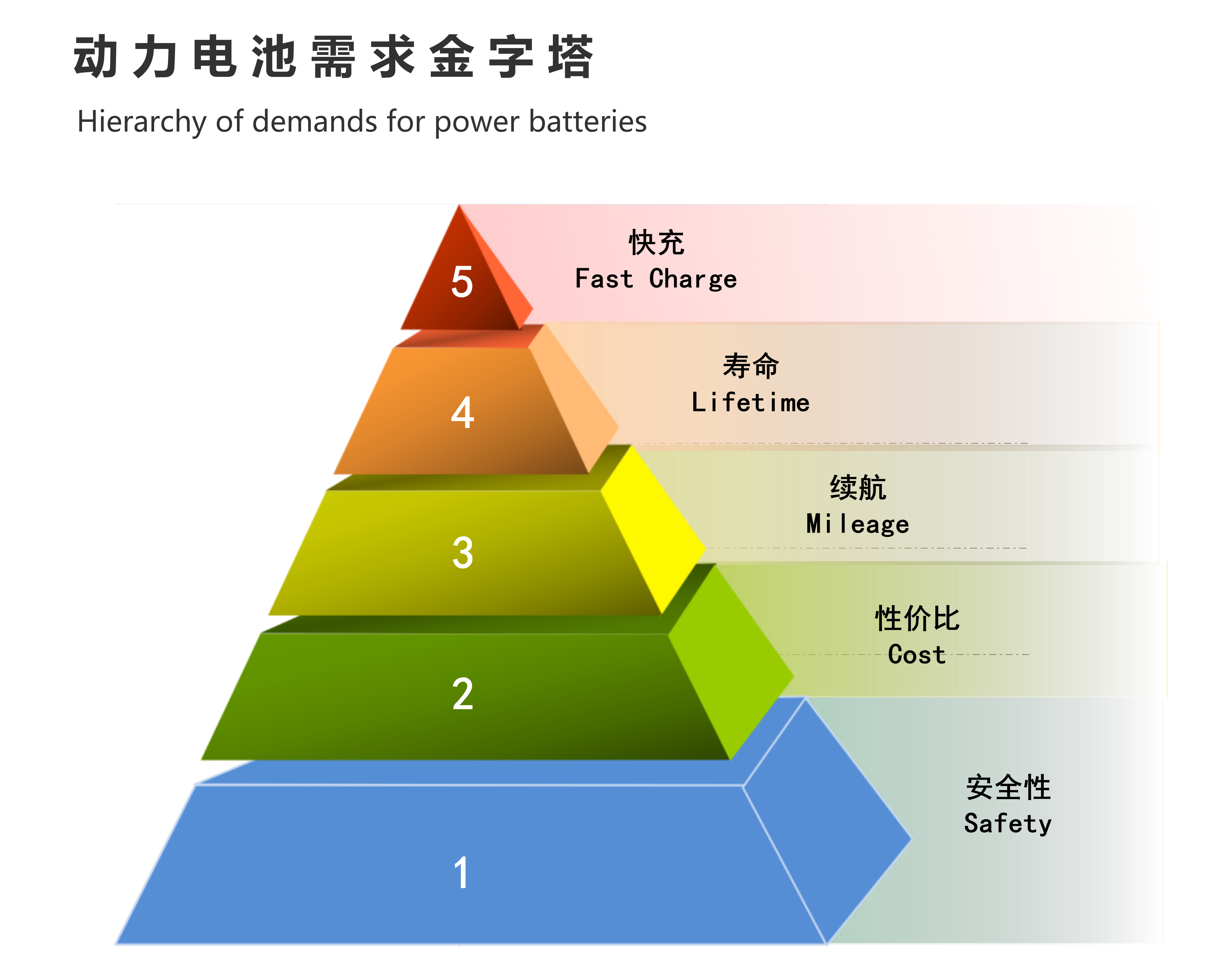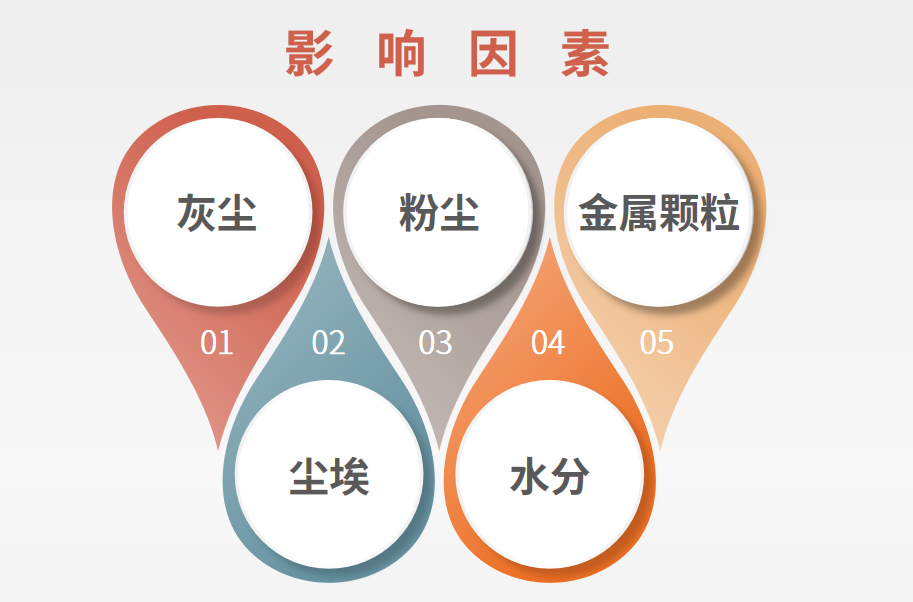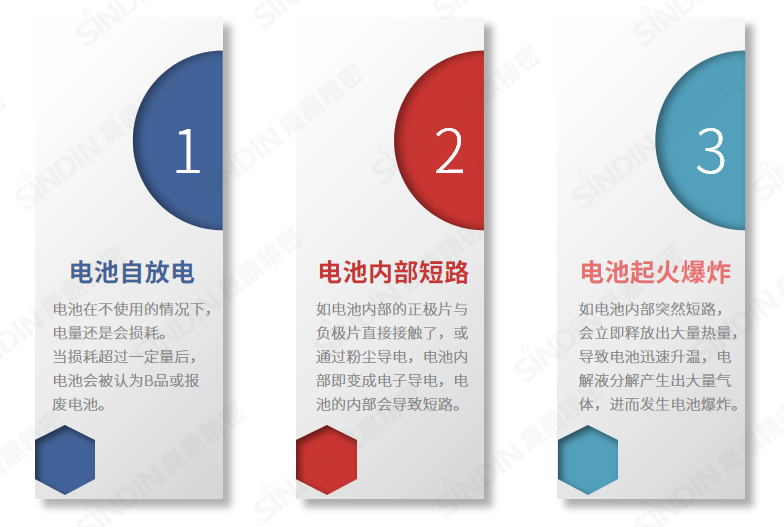Where does the power of the battery come from?
At present, many European countries have issued policies and timetables to ban the sale of fuel vehicles, and the global energy development is undergoing a green and low-carbon transition. As the global sales of electric vehicles continue to climb to new highs, new energy vehicles have become the "stable man" of the auto market. In 2021, the total retail sales of new energy vehicles will be 2.989 million, a year-on-year increase of 169.1%.
Consumers are most concerned about safety performance, cost performance and battery life when purchasing new energy vehicles, and they largely depend on the power source - battery.
As an energy supply device, the battery's energy density, charge-discharge rate, and stability determine the cruising range, charge-discharge efficiency, and safety of new energy vehicles. Therefore, the battery is like the "heart" of a new energy vehicle and one of the most important parts of a new energy vehicle.

The batteries of new energy vehicles can be divided into many types according to different types of materials. At present, lithium-ion batteries are the leading applications in the field of new energy vehicles.
Lithium battery is to ensure the power output of new energy vehicles, so it is called "power battery".

For example, in the production process of new energy power batteries, the existence of dust, metal particles, moisture, dust, and dust will lead to high HSD (self-discharge) of the battery, short circuit of the battery, low cycle life, and deterioration of the electrolyte.
Why do many companies that produce power batteries put dust control in the first place? The reason is that there will be a variety of dust in lithium battery production workshops. The particle diameter of dust is generally between 100-0.01μm, and the particle size and The distribution of diameter is of great significance to the dust removal system. Dust with large particle size can be separated by inertia, and dust with small particle size needs to be separated by dust removal equipment.
Common dust comes from the powder dust generated during the handling of the pole pieces, the metal particles generated during the wear of the machine and fixture, the dust carried by the shoes of the workshop staff and so on. These dusts usually adhere to the battery pole pieces, separators and cover plates. If the dust enters the battery during the production process, it will undoubtedly increase the risk of short circuit of the battery, and in some cases, even cause the battery to catch fire and explode.
The following are the effects of dust on battery performance:

Dust can not only affect product quality, damage processing equipment but also damage human health.
Wonderful preview:
Have you seen the article mentioned how to deal with dust with small particle size?
The follow-up will introduce how to use non-contact ultrasonic dust removal equipment to eliminate dust in the lithium battery manufacturing process!



